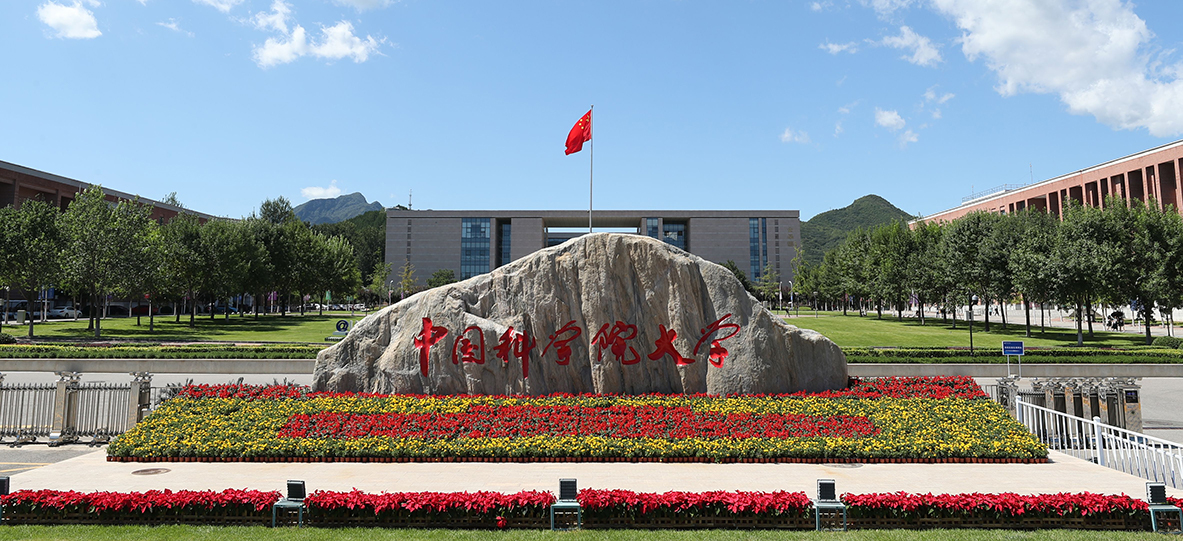Speaker
Description
In high-energy heavy ion collisions, two relativistically moving nuclei collide with each other to form a hot dense matter known as quark-gluon plasma (QGP). Along with the QGP that is produced in the initial stage of heavy ion collisions, an intense and strong electromagnetic field is also thought to be produced, the main source of which are the spectators. Spectators are those which do not take part in the collision process whereas some nucleons do take part in the collision process which are known as the participants that form the fluid (QGP) which is also changed and can also produce an electromagnetic field during the entire process of the expansion. In this work, we study the electromagnetic fields produced by the charged participants in an expanding fluid. To gain analytical insight, we approximate the problem by solving the equations in a fixed background Bjorken flow, onto which we solve Maxwell's equations. The dynamical electromagnetic fields interact with the fluid's kinematic quantities such as the shear tensor and the expansion scalar, leading to additional non-trivial coupling. We use Green's function formalism to calculate the electromagnetic field for two test cases: a point source and a transverse charge distribution. The results show that the resulting magnetic field vanishes at very early times, grows, and eventually falls at later times. Interestingly the magnetic field does not die off fast enough as compared to that of the spectators.

